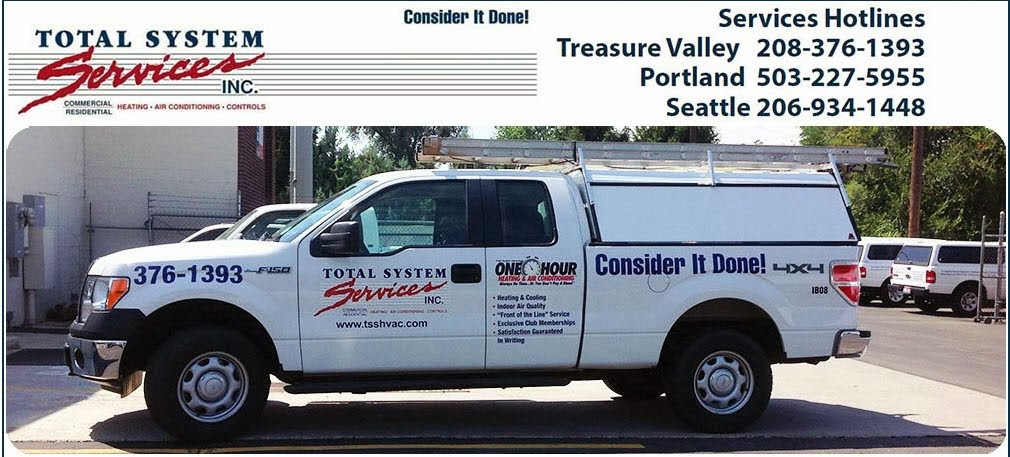It’s
100 degrees out … and your air conditioner died.

When
you manage an office building filled with tenants, that can be one of your
worst nightmares. While we all love enjoying a warm, summer day, being stuck in
an office with no way to cool down isn’t part of the list.
Your
air conditioner’s compressor is often called the heart of the system for good
reasons.
- The system can’t function without it
- Its job is to compress the refrigerant and pump it
throughout the system to remove heat and humidity from the air
The
compressor is a reliable part of the system, and with a little maintenance, it
should keep working without a problem throughout its life expectancy. If it
does fail, it’s usually a sign of a major problem, and is sometimes impossible
to fix.
The common causes of air conditioner compressor problems are:
Dirty
Coils
Dirt, grime, dust and mineral deposits all accumulate on the condenser coil
over time. If it builds up enough, it can no longer expel heat from the system,
and it begins running constantly trying to cool your space. The increased
pressure causes the compressor to overheat and fail.
Low
Refrigerant
When
a refrigerant line has holes or cracks, the refrigerant begins to leak. If it
isn’t fixed and filled, it becomes so low the compressor has to work harder to
pump refrigerant into the system. The strain will eventually cause the
compressor to break down.
Too
Much Refrigerant
Too
much refrigerant is equally as bad for a compressor. If too much refrigerant is
put into the system, or if the wrong type of refrigerant is used, it can cause
the compressor to stop working altogether.
Blocked
Refrigerant Lines
The
compressor pumps refrigerant through the lines of the system. If these lines
become clogged or blocked, it can cause pressure to build, the temperature to
rise and overheat, and eventually cause AC compressor failure.
Incorrect
Refrigerant Lines
If
you start to notice your air conditioner isn’t cooling as it once did, calling
in a technician is the first step. However, if the HVAC technician is anything
but reputable, you might not get the service you expect. Some HVAC technicians
may replace a leaking or broken line with one that is too large or too small
for your system. This process can cause the system to build pressure, overheat,
and eventually stop the compressor altogether.
Electrical
Problems
Electrical
problems start out small and build rapidly. Yet once damage is done, there is
usually no repairing a compressor – replacement is your only option. A regular maintenance
schedule can allow an experienced technician to find and repair damaged wiring,
short fuses, and other potential hazards within the system before they happen.
Inadequate
Lubricant
Think
of a compressors oil lubricant in much the same way as blood in your body. It’s
what keeps the system functional. When there isn’t enough, the system works
overtime, and eventually fails altogether.
Take
good care of your AC compressor as we head into the warmest months of the year.
When you perform regular maintenance, you’ll not only ensure you have a cool
atmosphere when you need it most, you’ll also extend the life of your
compressor to the fullest, saving you money in the process.
 Christmas Tree Safety
Christmas Tree Safety





